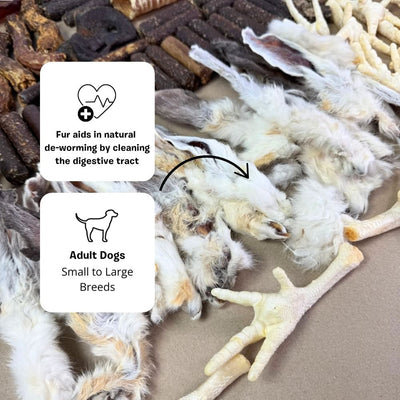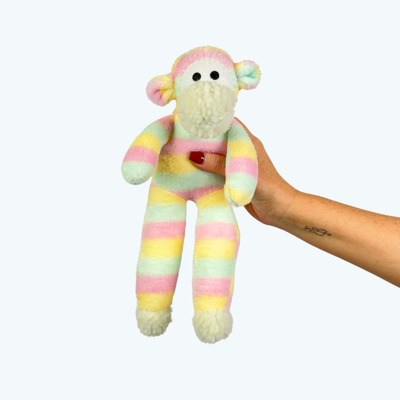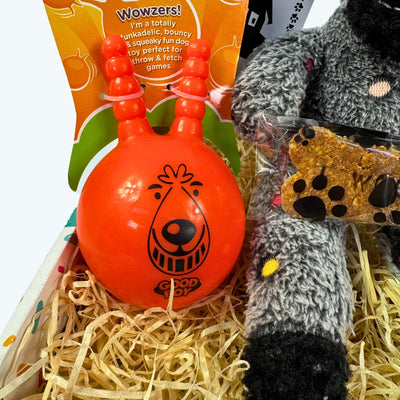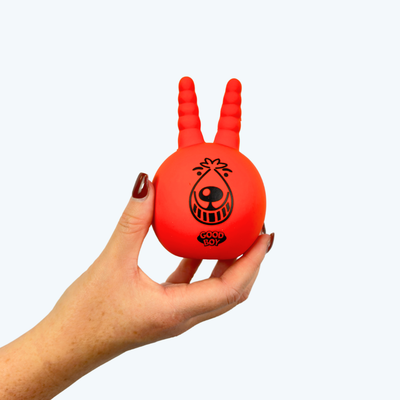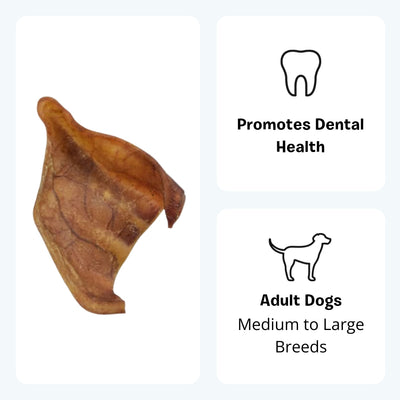Adding a pet to your home is a great way to give your space a little life and a lot of love. More and more American adults are adopting cats and dogs these days. In fact, 44 per cent of millennials — a generation now grown into young adults — see their pets as “starter children” they can practice their nurturing abilities on before going for the real thing.
While adopting a pet isn’t the same amount of responsibility as having a child, it’s still not something anyone should take lightly. Future pet owners should thoroughly go over their options, needs, and wants before settling on the right four-legged friend.
Determining the Right Kind of Pet for You: Cats vs Dogs
First off, there are countless types pets a person can own depending on where they live. However, the most common pets in the United States are freshwater fish, cats, and dogs. Freshwater fish outnumber puppies and kitties because people who have fish will often buy multiple to live in a single aquarium. While we’d love to get into whether you’re a fish person, for the sake of brevity, we want to hone down the options to the two runners-up: cats and dogs.
If you have a large home with a big, fenced-in yard, your options are more open. Large dogs and active breeds are comfortable in these homes as well as cats and smaller, lazier dog breeds. However, if you live in a small, yardless home or an apartment, your options are more limited. While there are some apartment-friendly large dogs, many active pups need the space to stretch, play, and run, or else they will release their energy through destructive behaviour.
Large or small, if you don’t have a fenced-in yard, you will have to plan to take your dog outside throughout the day. This can be a big lifestyle change for a lot of people. If it sounds like too much of a disruption, a cat is probably a better option for you. Cats are generally low-maintenance and it is best for them to only live indoors. While a cat’s lifespan depends on the environment, maintenance, health, and whether the cat is spayed or neutered, indoor cats statistically live longer than their outdoor brethren.
Extra Tips for New Pet Owners
- Before you bring home your new pet, have everything around the house prepared. Buy food and water bowls, beds, toys, and other accessories you will need such as a leash/poop bags for dogs or litter/litter box for cats.
- Block off restricted areas and make sure your fence is secure if you are going to let your new pup out alone. Furthermore, if you have a green thumb, it is a good idea to do what you can to create a pet-proof garden.
- New pets are often nervous when you first bring them home — especially rescue pets. Let them explore and acclimate on their own. Following them around nervously will only make them feel uneasy. Act normal and they will follow.
- At first, playing with your pet can be a bunch of hits and misses. Just like humans, these adorable animals have their own personalities and the likes/dislikes that come with them. Explore and experiment with different ways to play, and don’t be afraid to spoil your new friend with a treat or two for bonding.
- Having an accident indoors is often a response to fear, anxiety, or simply stomach problems instigated by a change in environment. Once you’ve cleaned the spot, remove pet odours from the carpet by sprinkling a deodorising powder and vacuuming it up. Not only will your place smell fresh, but this also helps control pet hair and dander.
A pet is a great way to add love and responsibility into your life, but it’s not a decision to be made haphazardly. Analyze your space and lifestyle before deciding whether you want a large, high-energy dog or a smaller, low-maintenance cat (or something in between). Don’t be afraid to spend some time volunteering at your local animal shelter to get a better idea of what animal will be the best fit for you.










